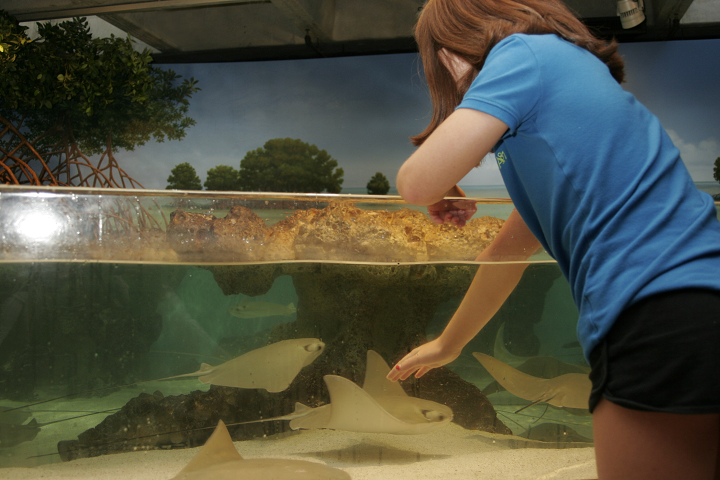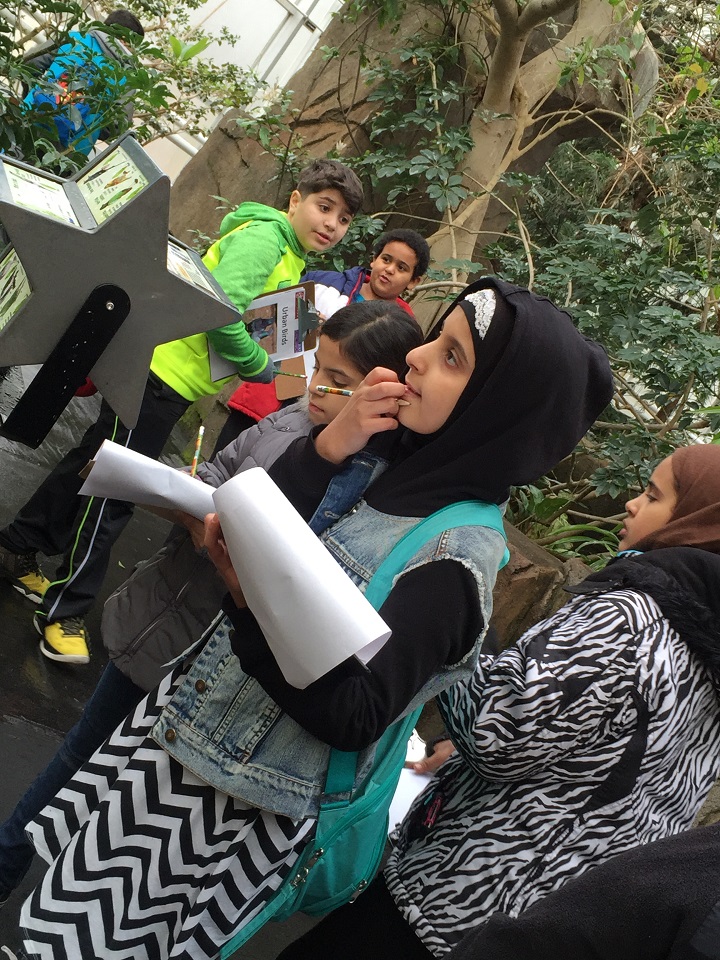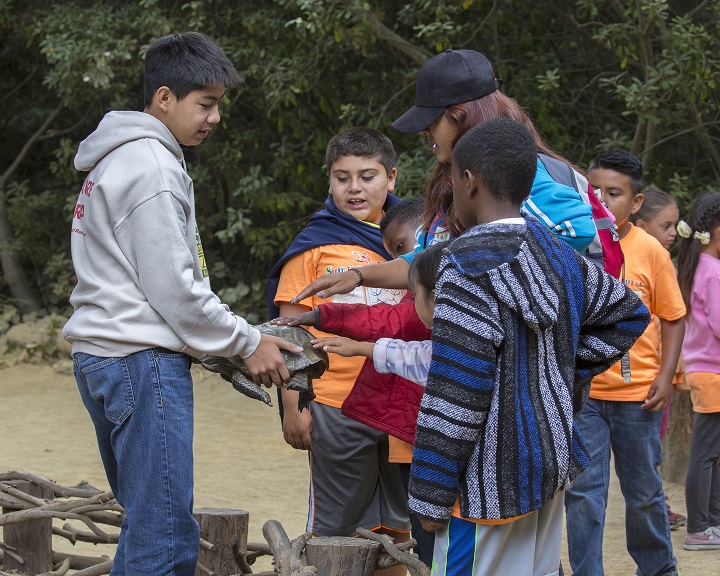STEM Learning in Zoos and Aquariums

Research shows that parents in particular place value on zoos and aquariums as unique venues for informal learning (Fraser and Sickler, 2008). In fact zoos and aquariums have become settings where research on approaches to facilitating Science Technology, Engineering and Math learning is thriving (Rubin and Falk, 2012 and Falk et al 2007).
The Conservation Education Committee (CEC) of the Association of Zoos and Aquariums (AZA) released a research agenda framework in 2010 after a thoughtful, inclusive development process that involved researchers, practitioners and evaluators. The goals of the Framework are to help those in the conservation education and communications field understand how they can contribute to a greater body of knowledge and to provide a structure for individual institution and multi‐institutional studies to be interpreted in the larger picture of what we know about zoos and aquariums, their visitors, and their community relationships. The framework also provides an opportunity for all AZA‐accredited institutions and independent researchers to become involved in social science research and to work collaboratively to enhance the impact of zoos and aquariums and the conservation field as a whole.
This page provides a brief overview of resources from InformalScience.org related to STEM learning in zoos and aquariums, as well as links to other relevant resources and communities.
Examples of Funded Projects
These are some abstracts of projects that have been funded by agencies such as the National Science Foundation (NSF). To learn more about funding opportunities and deadlines, visit the Funding and Calendar pages.
- Bridging the Gap: The Effects of a School-to-Career Approach to Promoting Wildlife Science Careers Among Minority Students
- BRUCE and ROSA go to Coney Island - interactive robotic fish join the New York Aquarium
- CCEP-I: Climate Literacy Zoo Education Network (Clizen)
- Investigating the Long-term Impacts of Informal Science Learning at Zoos and Aquariums
- Measuring Empathy: Collaborative Assessment Project
- Saving Species: Socially-Networked Exhibits for Science Inquiry and Public Action
- STEM Matters: Investigating the Confluence of Visitor and Institutional Learning Agendas

Key Resources
The following papers explore the role of zoos and aquariums in the STEM learning ecosystem.
- Best practices in developing empathy toward wildlife
- Dissemination Report - Bridging the Gap: The Effects of a School-to-Career Approach on Promoting Wildlife Science Careers Among Diverse Audiences
- Investigating the Long-term Effects of Informal Science Learning at Zoos and Aquariums: Final Briefing Report
- Science museums, science centers, zoos, aquariums: Different but the same
- STEM Pathways: Building a STEM Learning Ecosystem
- Zoo Academy: Effective Collaboration Between Local School Districts and Omaha’s Henry Doorly Zoo and Aquarium Creates Unique Opportunities for High School Students
Evaluation
See evaluation in action by browsing the following evaluation reports from zoo and aquarium projects.
- Audience Research: Central Park Zoo
- Animal Attraction Summative Evaluation
- Curious by Nature: A Community Conversation with Families with Special Needs
- Evaluating New England Aquarium’s New Strategy for Visitor Engagement: Interpreting Our Mission for a Changing World
- Volunteers: Exploring their impact on the zoo guest experience
- Youth Volunteer Interpreters as Facilitators of Learning about Climate Change in Zoo Settings

PROFESSIONAL ASSOCIATIONS, NETWORKS, & COMMUNITIES OF PRACTICE
Connect with the following organizations and communities of practice to deepen your expertise, learn from colleagues in the field, and build your professional network.
- American Evaluation Association
- Association of Zoos and Aquariums
- International Zoo Educators Association
- North American Association for Environmental Education
- Visitor Studies Association Zoo and Aquarium Focused Interest Group (FIG)
- World Association of Zoos and Aquariums
- Zoological Association of America
See Also
- Nature play is important for the cognitive development of early learners
- Project TRUE: Teens Researching Urban Ecology
- Understanding Current Research Using the AZA Framework
- Visits to Zoos and Aquaria may enhance Conservation-Related Behavior (CRB) engagement
- Zoo visitors’ understanding of animal biology and conservation
Photo Credits: (1) Jessica Hosman, New England Aquarium, (2) Detroit Zoological Society, (3) Marianne Hale, San Francisco Zoo